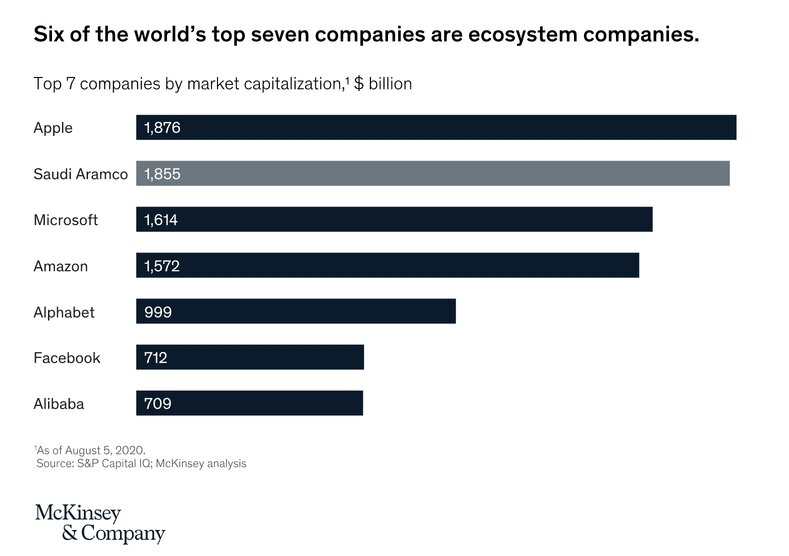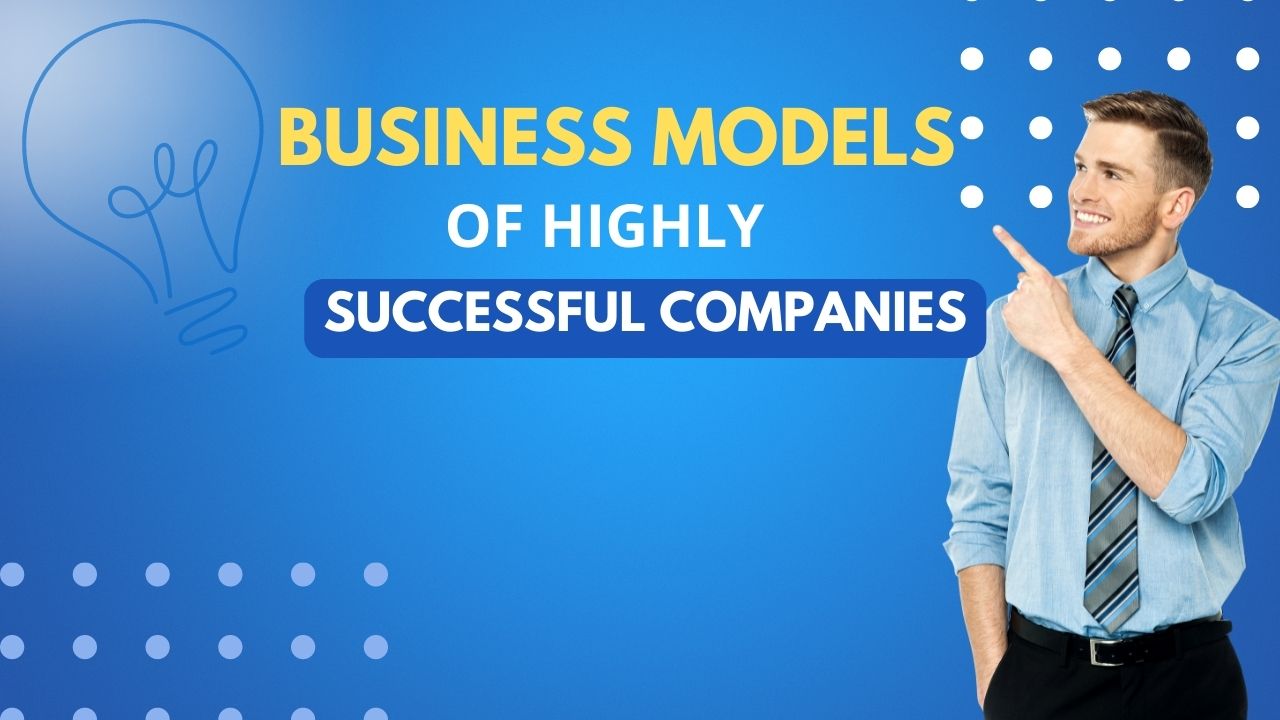A business model is a representation of how a business creates and delivers value for a customer while also capturing value for itself, doing so in a repeatable way. A Lean Startup is a temporary organization designed to search for a repeatable and scalable business model. Getting the business model right and scaling it is a core function of the business owner.
A business model isn’t the same thing as a strategy, even though many people use the terms interchangeably today. Business models describe, as a system, how the pieces of a business fit together. But they don’t factor in one critical dimension of performance: competition. Sooner or later—and it is usually sooner—every enterprise runs into competitors. Dealing with that reality is strategy’s job. - Joan Magretta (Why Business Models Matter)
Here are the top 7 technology business models of highly successful companies.
1. Freemium Model
Freemium is a portmanteau (a linguistic blend of words): “free” and “premium”. Freemium is a business model in which a company offers the basic version of its product or service free of charge but a premium (money) is charged for advanced features. Freemium is one of the most common digital business models used by most technology companies.
Give your service away for free, possibly ad supported but maybe not, acquire a lot of customers very efficiently through word of mouth, referral networks, organic search marketing, etc, then offer premium priced value added services or an enhanced version of your service to your customer base. - Fred Wilson (The Freemium Business Model)
In his book, Free: The Future of a Radical Price, former editor-in-chief of Wired magazine Chris Anderson highlighted 50 business models built on free. Here are some great freemium business models:
FREEMIUM (SOME CUSTOMERS SUBSIDIZE THE OTHERS)
- Give away computer-to-computer calls, sell computer-to-phone calls (Skype)
- Give away free photo-sharing services, charge for additional storage space (Flickr)
- Give away demo software, charge for the full version (most video games, which will allow you to play the first few levels to see if it’s for you)
- Give away Web content, sell printed content (everything from magazines to books)
More examples of Freemium Business Model: Google, WordPress, Dropbox, Evernote, Hashicorp, Spotify, Mailchimp.
2. Free Ad Supported Model
In a free ad supported model, you give away content for free and sell access to advertisers. To monetise your content, you host adverts from other brands and you leverage the eyeballs from your audience to gain traction.
Free: The Future of a Radical Price
- Give away house listings, sell mortgages (Zillow)
- Give away content, sell information about the consumers (Practice Fusion)
- Give away content, make money by referring people to retailers (Amazon Associates)
- Give away content, sell stuff (Slashdot/ThinkGeek)
- Give away content, charge advertisers to be featured in it (product placement)
- Give away resume listings, charge for power search (LinkedIn)
3. e-Commerce Model
e-Commerce (electronic commerce) refers to the buying and selling of goods or services using the internet, and the transfer of money and data to execute these transactions.
Business to Consumer (B2C):
When a business sells a good or service to an individual consumer (e.g. You buy a pair of shoes from an online retailer).
Business to Business (B2B):
When a business sells a good or service to another business (e.g. A business sells software-as-a-service for other businesses to use)
Consumer to Consumer (C2C):
When a consumer sells a good or service to another consumer (e.g. You sell your old furniture on eBay to another consumer).
Consumer to Business (C2B):
When a consumer sells their own products or services to a business or organization (e.g. An influencer offers exposure to their online audience in exchange for a fee, or a photographer licenses their photo for a business to use).
eCommerce Marketplace: Amazon, Alibaba, eBay, Etsy.
Hosted eCommerce Platforms: BigCommerce, Shopify, WooCommerce, Adobe Commerce (Formerly Magento).
- Subscription Business Model
In a subscription-based business model, customers pay recurring subscription fee either monthly, quarterly or yearly in exchange for a product or service. The product or service is sold on a scheduled time basis and they are usually licensed products, content businesses or consumables.
Examples: Netflix, Dollar Shave Club,Masterclass.
5. Open Source Business Model
Open source software is software with source code that anyone can inspect, modify, and enhance. The Open Source software developers make money by charging for installation, proprietary licenses, troubleshooting and training.
Examples: Linux, Wordpress, MongoDB
6. Platform Business Model
A Platform Business Model is a two-sided platform that facilitates exchange between two or more independent groups, usually consumers and producers. Platform businesses connect multiple parties such as buyers and sellers (e.g., eBay), or consumers and developers (e.g., Apple’s app store).
A platform is a business that creates value by facilitating direct interactions between two or more distinct types of customers.
Platform businesses are everywhere, appearing in a wide range of industries:
• Retail: Taobao, eBay, Amazon Marketplace
• Media: YouTube, Forbes.com
• Advertising: Google, Baidu, Craigslist
• Finance: PayPal, Kickstarter, Alipay
• Gaming: Xbox, PlayStation
• Mobile computing: iOS, Android, Xiaomi
• Business software: SAP, Salesforce
• Home appliances: Philips, Nest
• Hospitality: Airbnb, TripAdvisor
• Transportation: Uber, Didi Kuaidi
• Education: Coursera, Udemy
• Recruiting and job search: LinkedIn, Glassdoor
• Freelance work: Upwork, Amazon Mechanical Turk
• Philanthropy: Kiva, DonorsChoose
7. Ecosystem Business Model
Digital ecosystem players provide services to users across different platforms and they usually grow through network effects.

Ecosystems allow participants to consolidate a range of customers, often across sectors. Think of this as the horizontal vector. On the vertical vector, ecosystem participants strengthen or even dominate touch points along customer journeys (both B2C and B2B)
Examples: Apple, Amazon, Microsoft, Alphabet.
There is a myriad of other business models such as user-generated content, online education, consulting, and social enterprise business model among others. The above seven business models are used by the most successful technology companies.
Join our 12-week cohort of tech startups for Black founders by Black industry experts to learn the strategies for implementing your business model.
